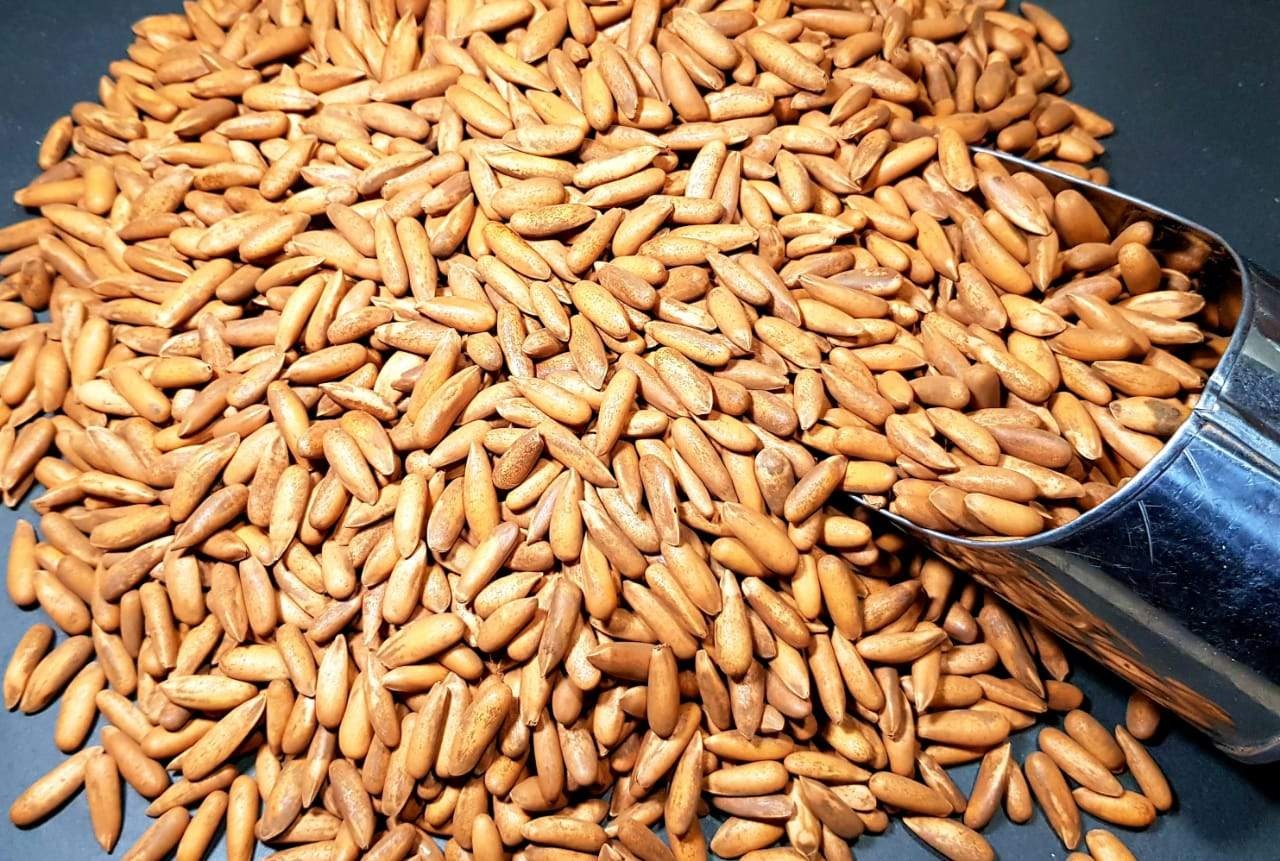Hummus, a creamy and flavorful dip originating from the Middle East, has gained global popularity for its versatility and health benefits. Whether you’re dipping veggies, spreading it on sandwiches, or using it as a base for other dishes, homemade hummus offers a fresh taste that’s hard to beat. This guide will walk you through a classic hummus recipe and provide tips to perfect your creation.
Ingredients for Classic Hummus
To make traditional hummus, you’ll need the following ingredients:
- 1 can (15 ounces) of chickpeas (garbanzo beans), drained and rinsed
- 1/4 cup fresh lemon juice (1 large lemon)
- 1/4 cup well-stirred tahini
- 1 small garlic clove, minced
- 2 tablespoons extra-virgin olive oil, plus more for serving
- 1/2 teaspoon ground cumin
- Salt to taste
- 2 to 3 tablespoons water
- Dash of ground paprika, for serving
Step-by-Step Hummus Recipe
- Prepare the Chickpeas
- Start by draining and rinsing the canned chickpeas. For an extra smooth hummus, consider peeling the chickpeas. While this step is optional, it helps achieve a creamier texture. To peel, gently squeeze each chickpea between your fingers to remove the skin.
- Blend Tahini and Lemon Juice
- In a food processor, combine the tahini and lemon juice. Process for about 1 minute, until the mixture is creamy and well-blended. This step helps whip the tahini, giving the hummus a smooth texture.
- Add Garlic, Olive Oil, and Spices
- Add the minced garlic, olive oil, ground cumin, and a pinch of salt to the whipped tahini and lemon juice. Process for another 30 seconds, scraping down the sides as needed to ensure everything is well incorporated.
- Blend in the Chickpeas
- Add half of the chickpeas to the food processor and blend for 1 minute. Scrape down the sides and bottom of the bowl, then add the remaining chickpeas and blend until thick and smooth, about 1 to 2 minutes more.
- Adjust Consistency
- To adjust the consistency of the hummus, slowly add 2 to 3 tablespoons of water while the food processor is running until you reach your desired texture. Taste and season with additional salt if needed.
- Serve Your Hummus
- Transfer the hummus to a serving bowl. Drizzle with extra-virgin olive oil and sprinkle with a dash of ground paprika for a pop of color. Serve with pita bread, fresh vegetables, or use as a spread.
Tips for Perfect Hummus
- Use Fresh Lemon Juice: Freshly squeezed lemon juice enhances the flavor significantly better than bottled juice.
- High-Quality Tahini: Tahini quality can vary, so opt for a good brand that is smooth and not too bitter.
- Smooth Texture: For the smoothest hummus, consider peeling the chickpeas or using a high-speed blender.
- Flavor Variations: Customize your hummus by adding roasted red peppers, sun-dried tomatoes, or fresh herbs like cilantro or parsley.
- Storage: Store hummus in an airtight container in the refrigerator for up to one week. If it thickens too much, stir in a small amount of water or olive oil before serving.
Health Benefits of Hummus
Hummus is not just delicious but also packed with nutritional benefits:
- Rich in Protein: Chickpeas provide a good source of plant-based protein, making hummus a great option for vegetarians and vegans.
- High in Fiber: The fiber content in hummus can help improve digestive health and keep you feeling full longer.
- Healthy Fats: Olive oil and tahini are rich in healthy fats, which are essential for heart health.
- Vitamins and Minerals: Hummus contains essential vitamins and minerals, including iron, folate, and B vitamins, contributing to overall health and wellness.
Creative Ways to Enjoy Hummus
While hummus is traditionally used as a dip, there are many innovative ways to incorporate it into your meals:
- Sandwich Spread: Use hummus as a spread on sandwiches or wraps instead of mayonnaise for a healthier alternative.
- Salad Dressing: Thin out hummus with a little water or lemon juice to create a creamy salad dressing.
- Pasta Sauce: Toss warm pasta with hummus for a quick and creamy sauce.
- Stuffed Vegetables: Fill celery sticks, cherry tomatoes, or mini bell peppers with hummus for a tasty appetizer.
Conclusion
Making hummus at home is a simple and rewarding process that allows you to enjoy this delicious and healthy dip in its freshest form. With just a few ingredients and a food processor, you can whip up a batch of creamy, flavorful hummus that will surely impress your family and friends. For more innovative recipes and variations, check out Angtnonions website, where you’ll find a wide range of culinary inspirations to elevate your hummus experience.

